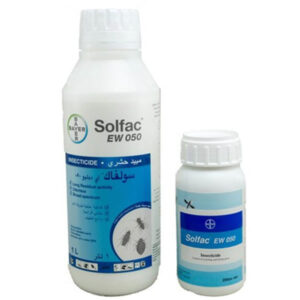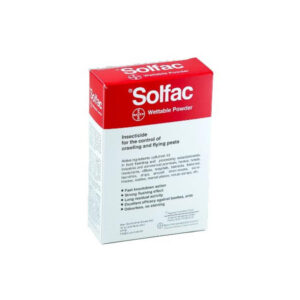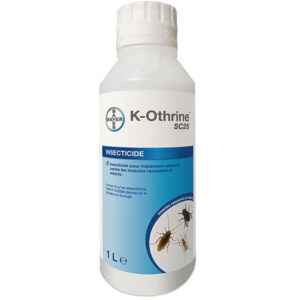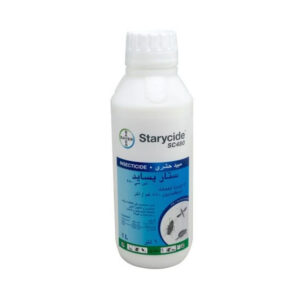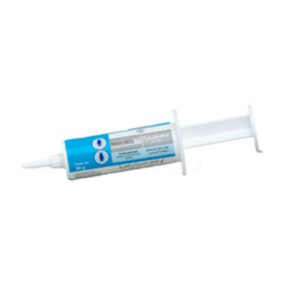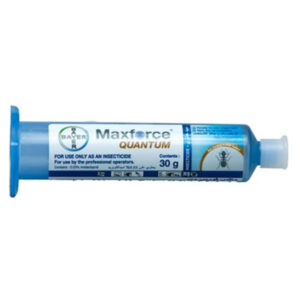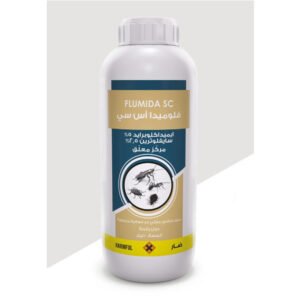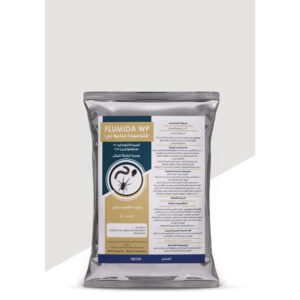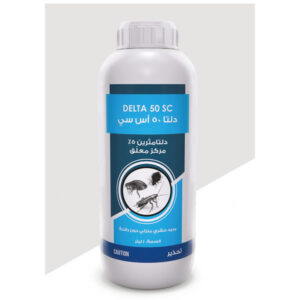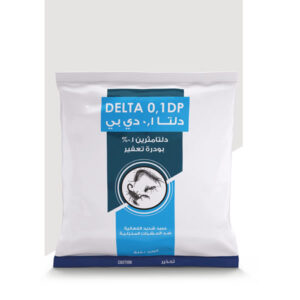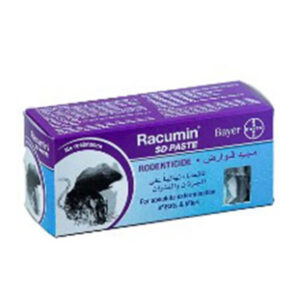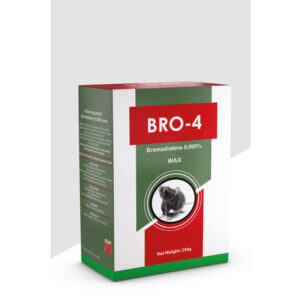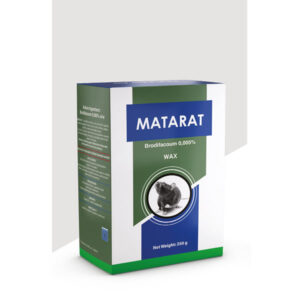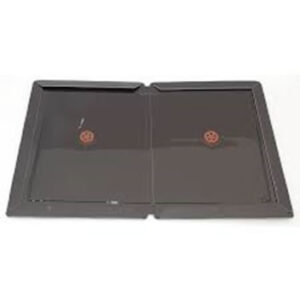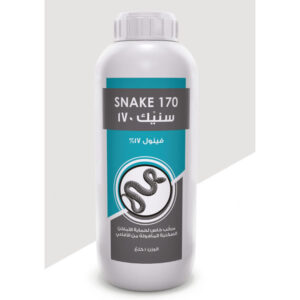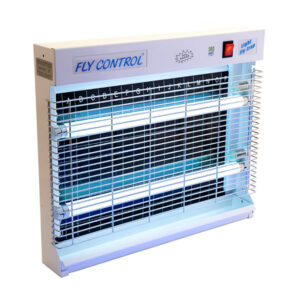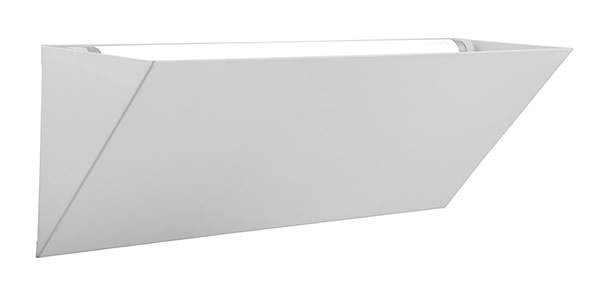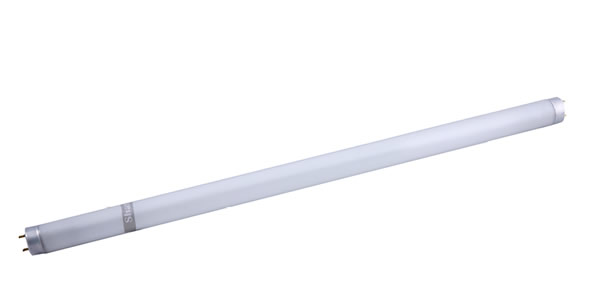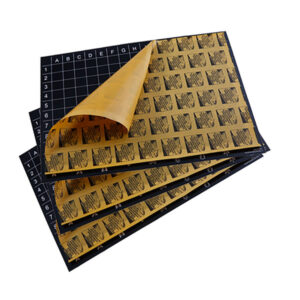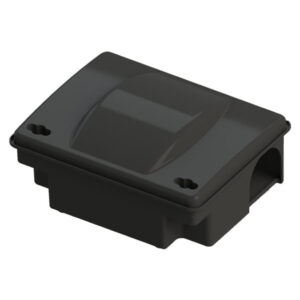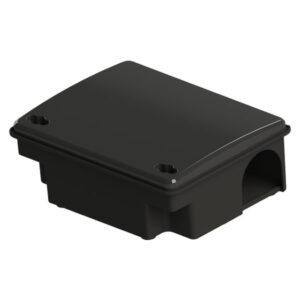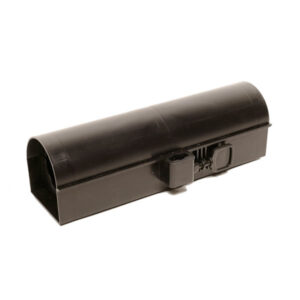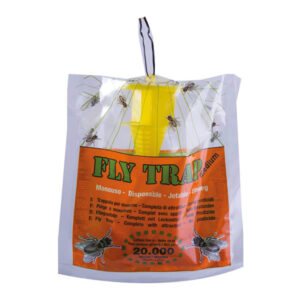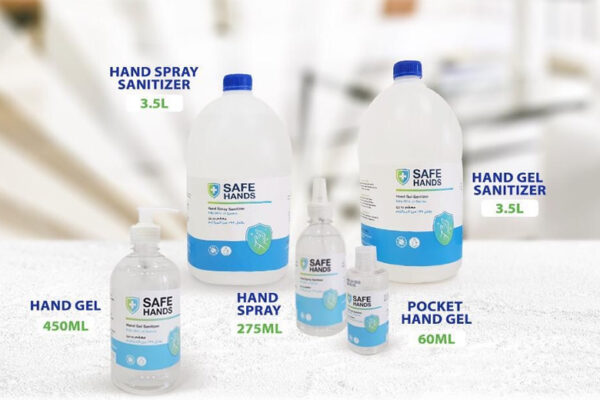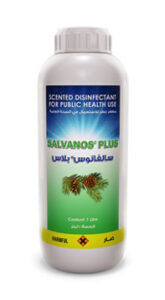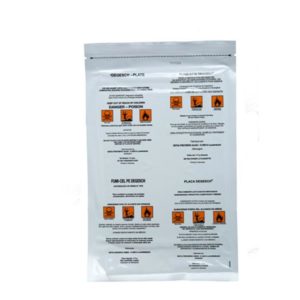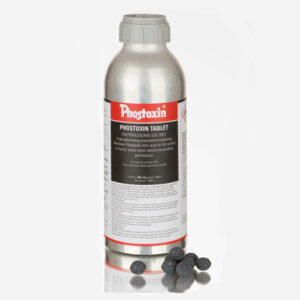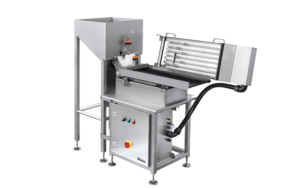
Species characteristics:
Adults 1-8mm long; brownish in color, body laterally compressed (streamlined) and covered with backward-directed bristles; reduction or loss of eyes; piercing mouth parts; no wings.
- Cat Flea (Ctenocephalides felis)
Adults 2-3.25mm long; found particularly in host bedding. Many infestations in commercial and institutional premises derive from feral cats. - Dog Flea (Ctenocephalides canis)
Adults 2-3.25mm long; found particularly in host bedding. - Human Flea (Pulex irritans)
Adults 2-3.5mm long; especially man, but will also breed on pigs, hedgehogs, foxes and badgers; found in homes, usually in bedrooms.
Life cycle:
Each female after a blood meal laid 4-8 eggs (800-1000 eggs/2 years – life time). The development cycle from egg to adult take 4 weeks.
Host/Habitat:
Domestic animals, man, rodents, birds, garden and outbuilding. Adult fleas live exclusively as parasites of warm blooded animals, especially mammals.
Areas where found:
Adult fleas live exclusively as parasites of warm-blooded animals, especially mammals, although birds may also be attacked. Whilst they show a certain degree of host preference, fleas are by no means specific and will feed on other animals in the absence of the normal host. Cat fleas are responsible for many flea infestations, the remainder being attributable to a variety of bird and animal species. Wall-to-wall carpeting also provides a relati
Infestation:
A typical flea infestation may be composed of adults 5%, larvae 35%, pupae 10% and eggs 50%.
As pest:
The most serious infection which they can spread is bubonic plague, transmitted to man by rodent fleas (Xenopsylla cheopis) which carry the causative bacillus from infected rats. Flea bites persists for one or two days and is intensely irritating.





















